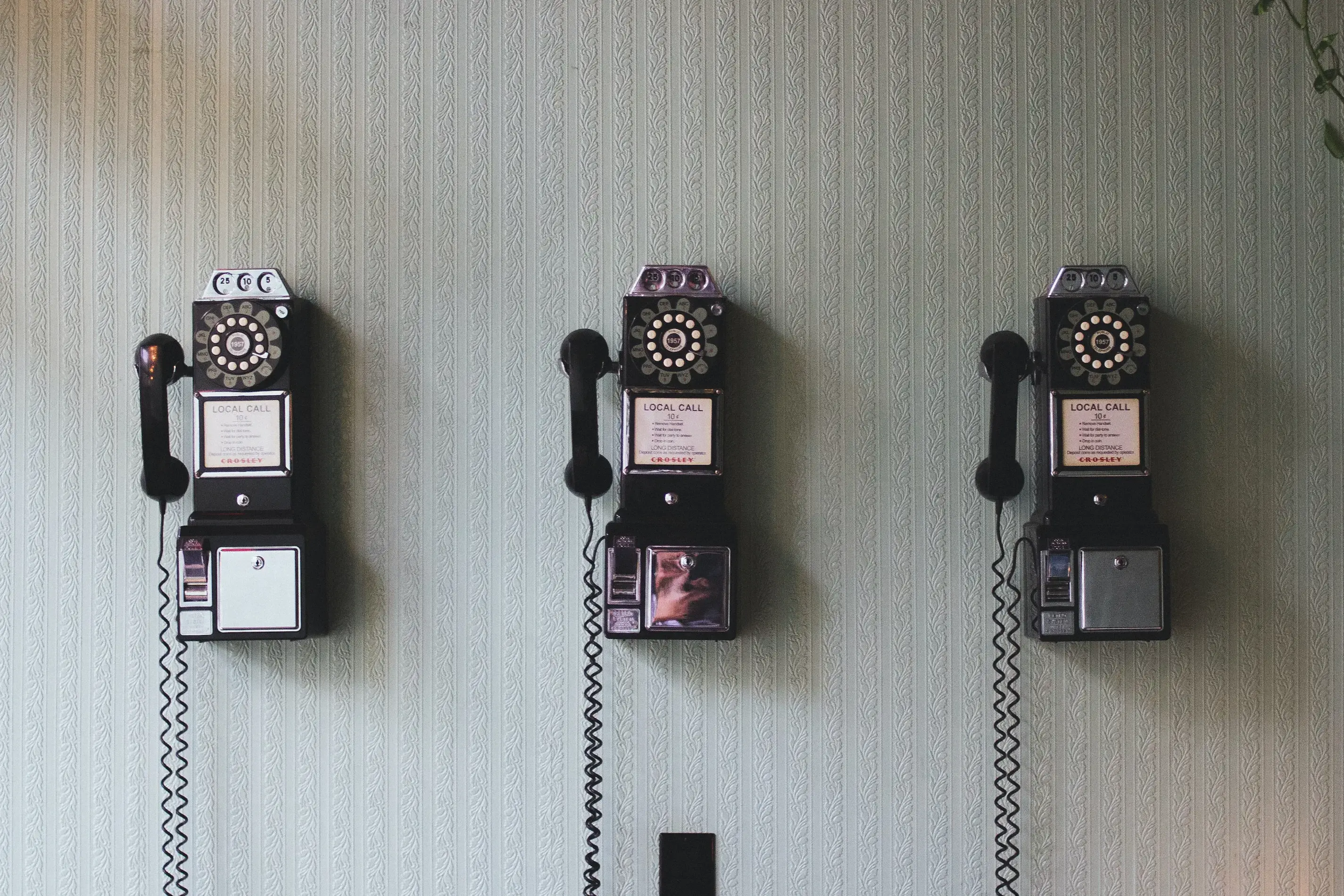There is an old fable about a philosopher. A baby was born, and the parents presented the baby to the philosopher in their city at the age of just one month. They apologized for being so early, and asked for advice on how to best plan for an education so the baby would grow up as a proper citizen. To which the philosopher replied - “You’re not too early. You are ten months late.”
I could not track down a proper source for this - most likely it’s an ancient Confucian fable. But I always come back to it when I plan and schedule design work. The moral of it keeps coming to mind: “you thought it was too early, but it’s best to start even earlier.”
Why we think “it’s too early” to add design
In fact, many people have the understanding of what design can do for business based on a historical truth. The value (and timing) for design seems closely tied to the idea of decoration and the value it could add to mass produced consumer products. This understanding is rooted in the late 1800s, when adding decorative elements to mass produced consumer goods made them more attractive to the public. The decoration helped increase sales from what people practically needed and drove consumer demand based on a desire for updated styles.

Mass production allowed for “designed” (but actually decorated) consumer products to be widely available at the turn of the last century.
The other jobs of design
I often hear a similar “decorative” understanding of design when I talk to people about what my job is today. At the recent MIT Ideas Global Challenge, hosted at the Media Lab, I talked to several of the teams about their goals, and UX design. All the teams were very enthusiastic, but in every conversation I heard the phrase “once we finish X technology, we’ll be ready for design…” This phrase reveals an assumption that design is something you might apply on top of an existing product or service, once it’s almost finished.

MIT Ideas Global Challenge presentations event in April 2016
The way to think about what design can do for business, in fact, is almost exactly the opposite. Applying design - specifically, design thinking - at the inception of a project will allow for the greatest impact.
Why start with design
Design today is well adapted to dealing with unknowns, considering the big picture, and proposing a way forward. You can name specific steps, such as design research, user experience design, and user story development - or keep everything under the bigger umbrella of “design”. But it is the ability to start early (before everything is known) and move forward in an iterative manner (by testing and improving) that makes design impactful at the early stages of a product or service.

Business leaders are well aware of the value visual design can bring to their products. But strategic design, applied early in the life of a project, is often a missed opportunity. To get the best value from the latest design practices, consider it early, and bring a designer to the table at the first stages of product strategy.
For a deeper look into the relationship between design & business, check out John Maeda’s Design in Tech report. In it, he presents compelling proof of the value design brings, and predicts the top three directions in which design will experience the most growth over the next year.


